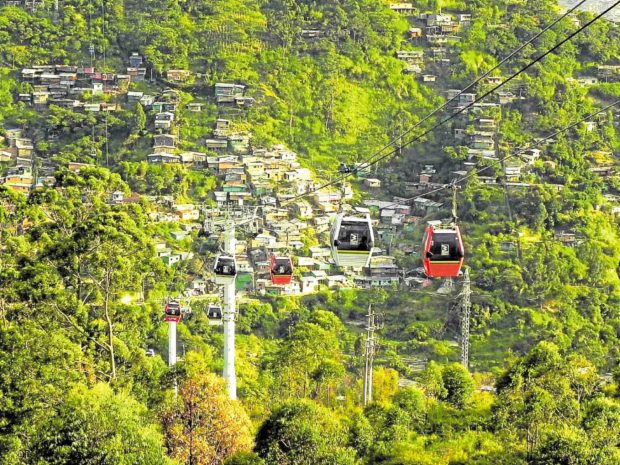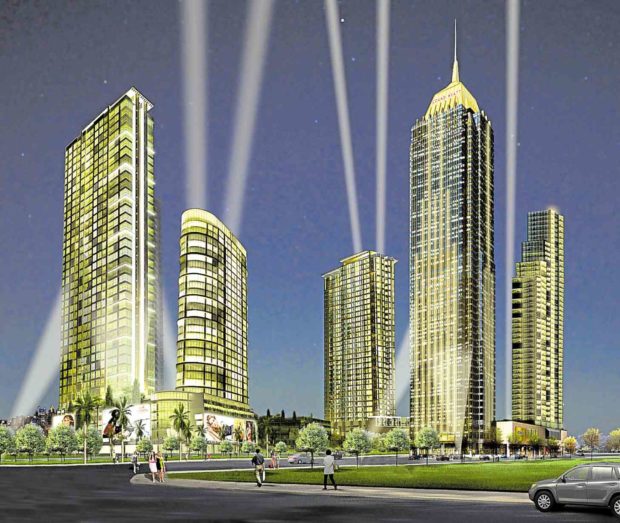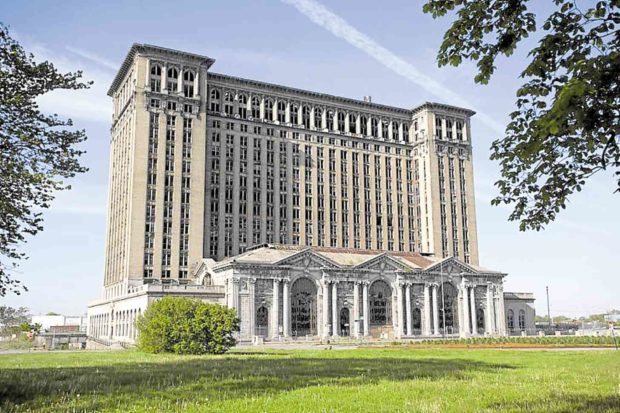How companies, agencies beat urban blight
More often than not, businessmen and government officials are often perceived as the enemies of community development. Case in point: the bullish tycoon out to destroy homes in marginalized areas of the city is often a staple of Filipino movies from the ’80s and ’90s era. In reality, however, nothing could be further from the truth.
Nowadays, private developers and government agencies often lead the way in revitalizing cities. Working together, these groups help provide new hope in many depressed areas. While abandoned land and buildings often turn away people, private and public developers are attracted to these blighted areas because they see an opportunity to create something new. Here are a few examples where corporations and government groups helped run-down neighborhoods get back on their feet.
Detroit
Despite its enormous size, the City of Detroit in Michigan, United States has been experiencing a rapid decline in its population since the late ’90s.
In 2013, Detroit became the largest American city to file for bankruptcy. While it once was home to 1.8 million residents in 1950, the New York Times reported that the city population dwindled down to a mere 700,000. Suburbanization and the decline of the automotive industry led many people to leave, resulting in thousands of abandoned houses and structures.
While the government initiated many projects to rebuild Detroit, private companies did their part to help.
One such business is Quicken Loans, the third largest mortgage provider in the country. As it was owned by Detroit native Dan Gilbert, the company relocated its headquarters downtown to help create more jobs. The move created 7,000 jobs for locals and encouraged more companies to open shop in the area. In the words of Gilbert, “We’re trying to recruit companies and create a downtown retailing experience… As the commitment to downtown grows larger, everything becomes easier.”
Article continues after this advertisementQuicken Loan’s risky move encouraged more businesses to follow suit. The likes of Chrysler, Twitter, Blue Cross and Whole Foods built branches and bases in the city. Non-local employees started to move into the city as well, diminishing the number of abandoned homes. Together with the government’s efforts and private company donations, Detroit was able to shake off its bankruptcy status in a year.
Article continues after this advertisementWhile still in development, the place has been called “a city of renaissance” as it continues to churn out successful stories of real estate revitalization.
Medellín
Once the haven of drug lords, the City of Medellín in Colombia has become the poster city for urban renewal.
Cable cars, libraries and parks were developed in recent years to breathe new life in what was once known as Colombia’s most dangerous district. The public utility group Empresas Publicas de Medellín (EPM) can claim partial responsibility for the city’s transformation, as its partnership with the city government paved the way for the execution of numerous projects for revitalization.

The cable car system of Medellin, Colombia has become a symbol of renewed hope in the once-violent city.
While EPM is technically owned by the city, the company is considered a private corporation. At the turn of the century, EPM and the city government joined forces to build new public infrastructure in the city. Cable cars, in particular, became symbols of hope for neighborhoods atop mountains. Once difficult to access, these blighted areas were provided with better transportation facilities, thanks largely to the EPM.
Education also became top priority. Many schools and parks were built to provide children decent facilities to learn. In particular, the neighborhood of Santo Domingo, once infamous for its violent environment, became host to the Parque Biblioteca España. The Biblioteca (library) provides free access to the internet and other educational resources, attracting both tourists and locals. While these spaces helped revitalize marginalized sections of the city, it also paved the way for the connection of various socio-economic groups. By initiating community projects, EPM has done more than redevelop the Medellín—it brought back the people’s pride and love for their hometown.
Bishan
Constructing developments over former cemeteries is usually considered taboo, but sometimes, necessity overtakes distaste. Such is the case of Bishan, Singapore, once the site of human burials and World War II battles. After WWII, the area became a hub of gangster violence which led the government to buy it.
Today, Bishan is one of the most-sought after housing projects of Singapore, hosting several million-dollar flats, schools and community facilities.

Bishan, a former cemetery, battleground and gangster ghetto in Singapore, now boasts of high-end housing.
Bishan was transformed from a spooky setting to an upscale community by the Housing Development Board in the ’70s due to a housing crisis. To replace the cemetery, the government allotted 3 hectares for a columbarium complex. While people were first hesitant to live in the area due to its former role, residences were quick to sell out due to the central location of Bishan.
Today, Bishan has managed to shake off the negative vibes with the development of world-class facilities. The HDB has also provided community facilities such as the Bishan Sports Centre and Bishan MRT station for the benefit of the residents. Seven shopping centers are now existing in the vicinity, and a landscaped park features an undeniably gorgeous Kailang River.
Despite its sad and troublesome past as a cemetery, battleground and gangster ghetto, Bishan is now a more lively and scenic place in Singapore.
Community Effort
Overall, breathing life into blighted areas isn’t an easy task.
When it becomes a community effort between the government, private entities and residents, much can be accomplished. In our country, one such place that serves as an example of a successfully redeveloped area is Fort Bonifacio in Taguig City.

Federal Land’s Veritown Fort is set to further modernize the former military base of Fort
Bonifacio with its Grand Hyatt Residences.
Once a military base and a detention center, it has now been transformed into a vibrant commercial hub. In particular, the New York City-inspired Veritown Fort provides a fresh take on the former military area. Developed by Federal Land, one of our country’s leading real estate developers, Veritown Fort is now on its way to host the Grand Hyatt Residences at the Fort. From a place formerly associated with hostility and aggression, Veritown Fort has become the ideal address for those seeking a peaceful and even luxurious lifestyle.
Overall, communities require citizens, the government, and businesses to collaborate and work together toward a common goal. Despite problems or challenges, there is much to hope for if the stakeholders and members of society will do their share to encourage urban renewal. Rather than seeing developers and government entities as enemies, it might be time to take a fresh attitude toward them as they have the power to renew and reinvigorate cities.
Sources:
forbes.com
fastcompany.com
Albert duce, Chensiyuan via Wikimedia Commons
needpix.com
federalland.ph
